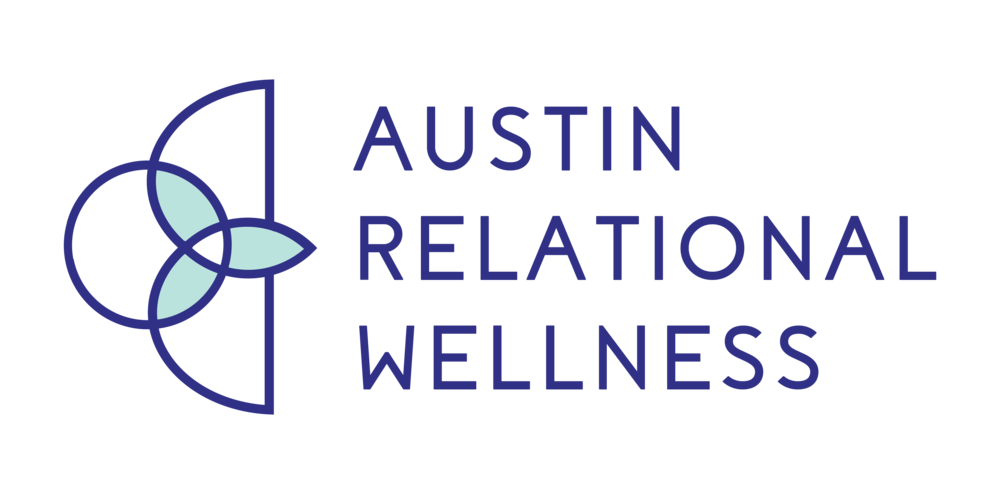Thanksgiving is upon us!
Here we are, forced to think about the things we’re thankful for. It’s a great time to reflect on all that we have and what others mean to us. But what about all those other days of the year that we’re not so easily reminded to take a step back and be grateful? Let’s face it, as humans, we’re pretty good at getting stuck in a negativity rut. It’s easy to focus on what’s wrong with ourselves, our lives, our co-workers, our boss, our families, or our partners.
When it comes to our relationships with our partners, it seems to be especially easy to focus on what’s wrong, what’s not working, or what’s most recently made us upset. Why is that? Well, we want those parts of our relationship to improve. We want to stop having stupid arguments about the same things over and over again. We want things to be easy. We want things the way we want them! Once we start being critical, we tend to get stuck in this space. The last thing on our minds is what’s actually good.
As an Enneagram 1, I personally have a critical eye that seems to constantly search for things that are wrong in my world. If I’m not careful, I can get trapped in a critical cycle where it’s difficult to see the things that are going right. Because of this tendency, I can miss out on many rich moments that deserve recognition. Being aware of this and catching myself when I’m in this place is important for me. I also find it helpful to slow down and set an intention to be grateful at times. If I’m noticing my harsh critic is rearing its ugly head, I like to seek out a guided mindfulness meditation that’s specifically focused on gratitude to add to my morning routine.
Something I urge my therapy clients to do is to find more opportunities to notice and express gratitude in their relationships. Oftentimes, this happens when they are already sharing a positive moment about a friend, partner, or family member. I stop them and ask the simple question, “Have you ever expressed how much that means to you?” The answer is usually, “No,” coupled with, “Well, they know I am thankful for them.” I usually follow that with, “Maybe, but what would it be like if you told them?” This typically leads to a conversation about making more space for gratitude and appreciation.
Does your hubby pour you a glass of wine after a long day? Does your partner hold your hand or rub your back when they sense you’re stressed? Maybe they loaded the dishwasher just the way you like or cleaned up because they know you like to come home a tidy house. These are all moments to express, not just the gratitude for the small gesture, but also the reason that it’s meaningful to you. Does the glass of wine make you feel cared for? Does the support make you feel comforted? Does the neat home make you feel respected? Why do these gestures make you feel grateful?
You might be surprised at how much of an impact this simple expression of gratitude can have. What if we could make expressing gratitude and thankfulness a daily practice?
If you’ve got someone in mind who could use a little appreciation, take a few minutes to watch this video.
Now, try it out.
Write a letter of gratitude to someone you care about.
Then share it with them.
You don’t have to read it aloud to them, you could just send the letter, but reading it aloud is the thing that will give you that extra boost in happiness. Not only can gratitude have positive effects on you, but it can have a ripple effect that can spread positivity to others around you.




































































